Zones That Thrive: Smarter Water for Your Yard
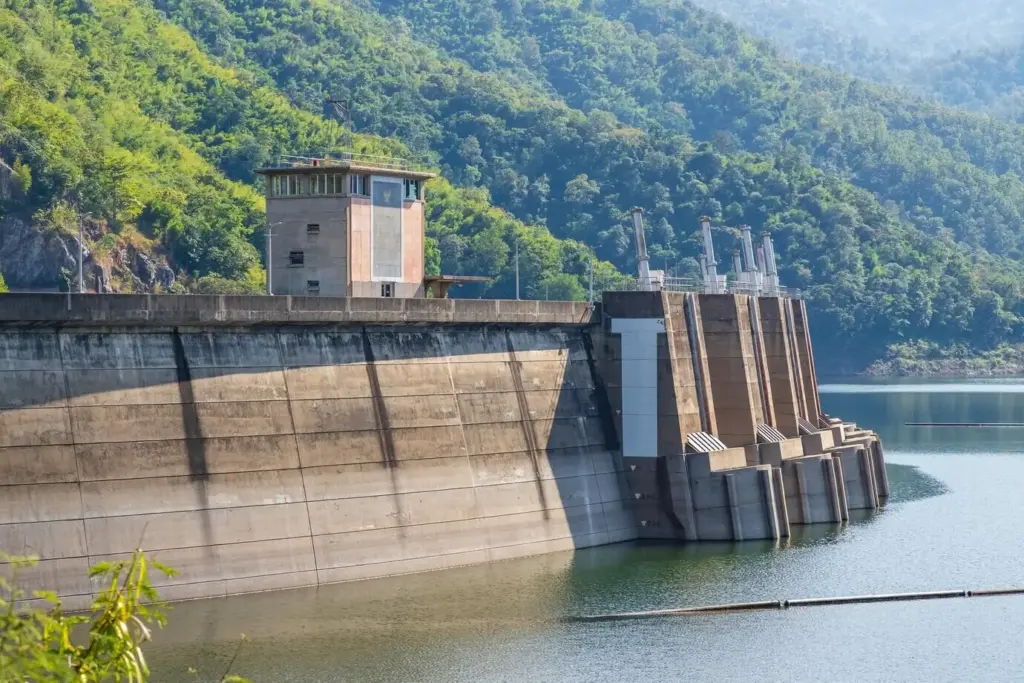
Start With the Land: Reading Your Yard Like a Pro
Surveying Areas and Microclimates
Measure lawn rectangles, curved beds, and narrow side yards, then note heat-reflective driveways, windy corners, and shaded patios. A south-facing slope evaporates faster than a sheltered nook, changing required run times. Matching microclimates with appropriate equipment reduces wasted water and boosts resilience. Keep a simple yard sketch and label proposed zones so installers or future you can revisit assumptions. Post your sketch in the comments for feedback and fresh ideas from fellow homeowners.
Grouping Plants by Water Needs (Hydrozones)
Mixing thirsty turf with drought-tolerant shrubs forces compromises, causing overwatering or stress. Instead, group plants with similar needs to create hydrozones that receive tailored run times and precipitation rates. This alignment simplifies programming and protects delicate species. Even small beds benefit from separation, especially near foundations or sunny walls. List your plant categories, mark them on your map, and ask others which species thrive in similar conditions. Local wisdom often outperforms glossy catalogs.
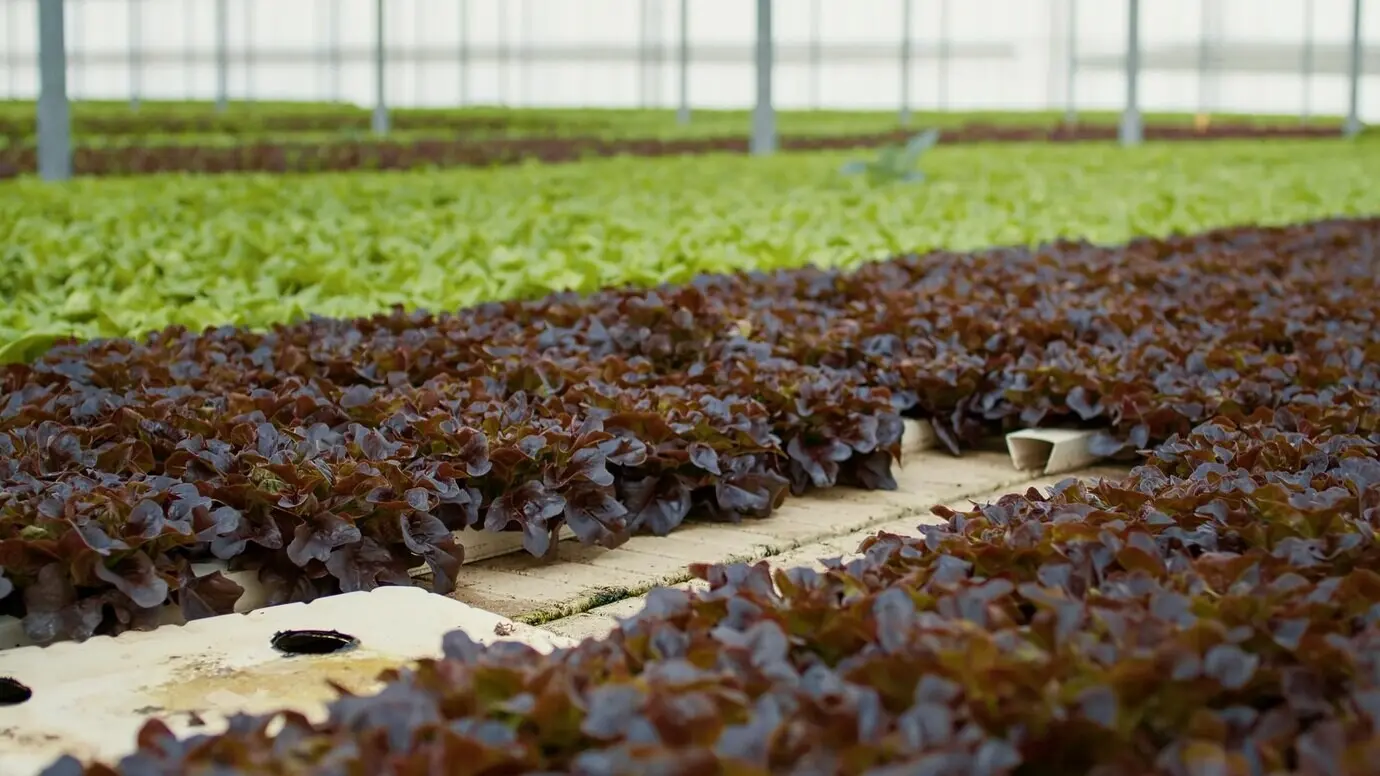
Flow Fundamentals: Matching Hardware to Demand
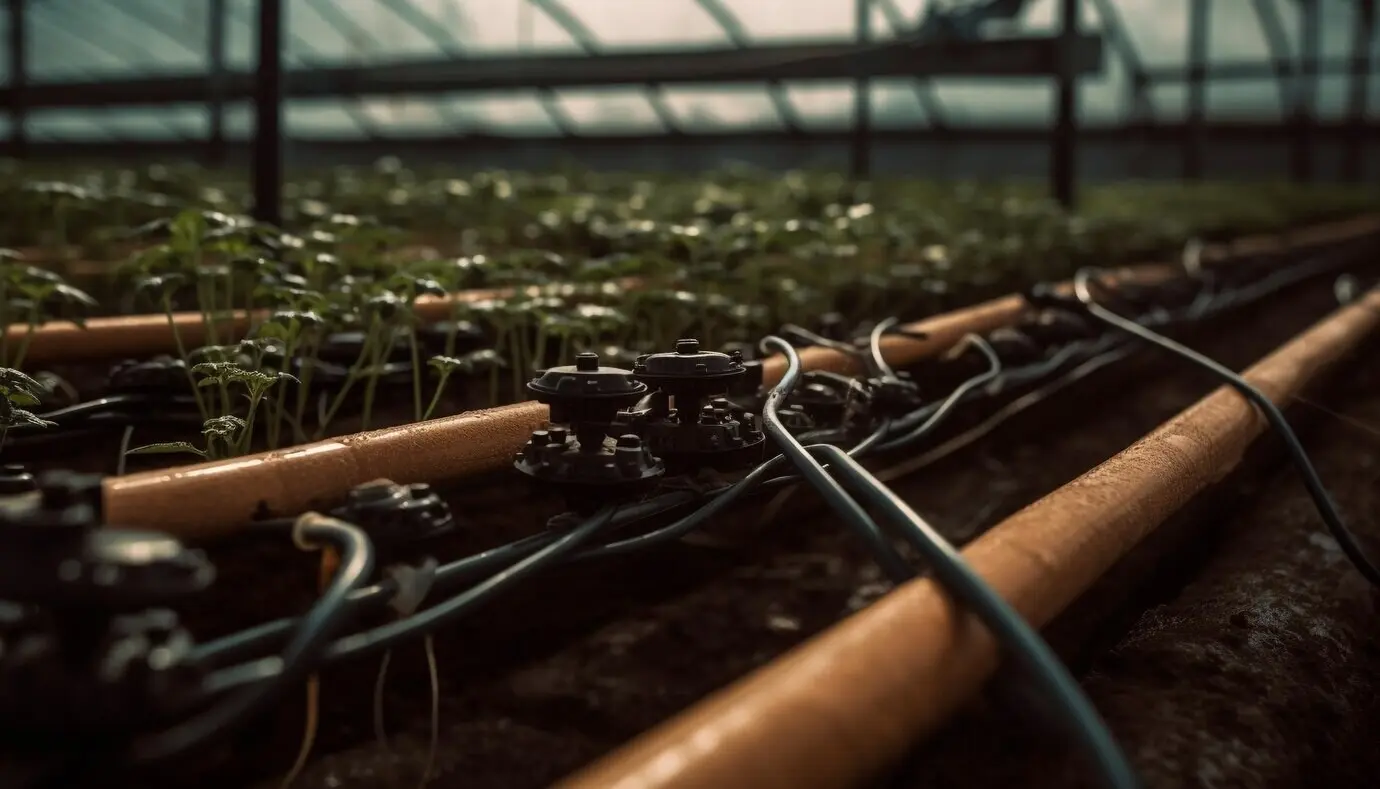
Pressure Essentials: From Static Readings to Real Performance
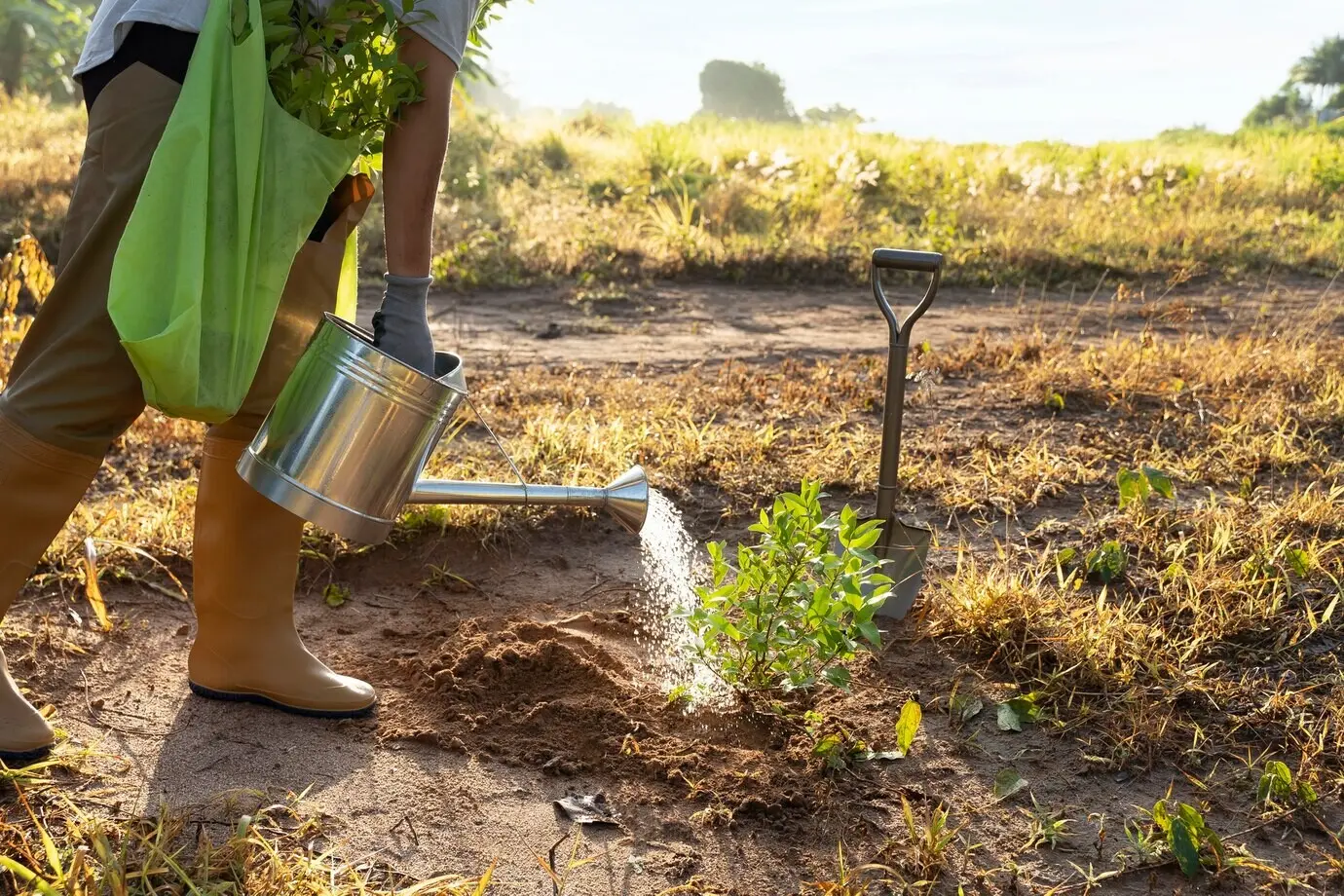
Measuring Static and Dynamic Pressure
Accounting for Friction Losses in Piping
Pressure Regulation Where It Counts
Pipe Sizing, Layout, and Velocity Targets
01
Choosing Diameters with Confidence
Start with your zone flow estimate, then consult size charts to keep velocity typically under five feet per second for PVC laterals and even lower for poly where appropriate. Larger mains, smaller laterals, and short high-flow runs prevent loud water hammer and pressure dips. Mark transitions on your plan to avoid surprises during installation. Post your diameter selections and we can cross-check against expected friction losses, saving costly rework after trenches are backfilled.
02
Smarter Routing to Reduce Losses
Every elbow and extra foot of pipe steals pressure. Favor gentle sweeps, avoid unnecessary tees, and keep high-demand zones close to the point-of-connection. Where possible, route laterals around obstacles rather than zigzagging between beds. Plan valve boxes for easy maintenance and quick winterization. Simple routing shortens installation time and improves performance. Upload your routing draft and constraints, and the community can propose cleaner paths that respect trees, utilities, and future landscape changes.
03
Looped Mains and Balanced Branches
Looping the mainline can equalize pressure across distant heads by providing multiple paths for water to travel. Balanced branching maintains consistent delivery even when slight elevation changes exist. Combine loops with properly sized laterals and consider staging high-demand zones at different times. The result is steadier spray patterns and reduced brown spots. Share where you might loop and which branches seem starved during tests, and we will help balance the network without overbuilding.
From Numbers to Scheduling: Programming That Respects Soil and Weather

Building a Reliable Baseline Program
Start with precipitation rate and desired weekly inches, then convert to per-cycle minutes that match infiltration. Split long runs into shorter cycles to allow soaking between starts. Label zones clearly with plant type and sun exposure to avoid confusion later. Track water use for a month to validate assumptions. Post your baseline for feedback, and we will suggest refinements for extreme heat weeks or cool, overcast periods common in your region.
Cycle-and-Soak for Slopes and Clay
Start with precipitation rate and desired weekly inches, then convert to per-cycle minutes that match infiltration. Split long runs into shorter cycles to allow soaking between starts. Label zones clearly with plant type and sun exposure to avoid confusion later. Track water use for a month to validate assumptions. Post your baseline for feedback, and we will suggest refinements for extreme heat weeks or cool, overcast periods common in your region.
Using Sensors, ET Data, and Smart Features
Start with precipitation rate and desired weekly inches, then convert to per-cycle minutes that match infiltration. Split long runs into shorter cycles to allow soaking between starts. Label zones clearly with plant type and sun exposure to avoid confusion later. Track water use for a month to validate assumptions. Post your baseline for feedback, and we will suggest refinements for extreme heat weeks or cool, overcast periods common in your region.
Test, Audit, Improve: Turning Designs Into Reliable Results

Catch-Can Testing and Distribution Uniformity
Diagnosing Pressure Problems Quickly
Fine-Tuning Coverage and Nozzle Choices
Backflow Prevention and Inspection
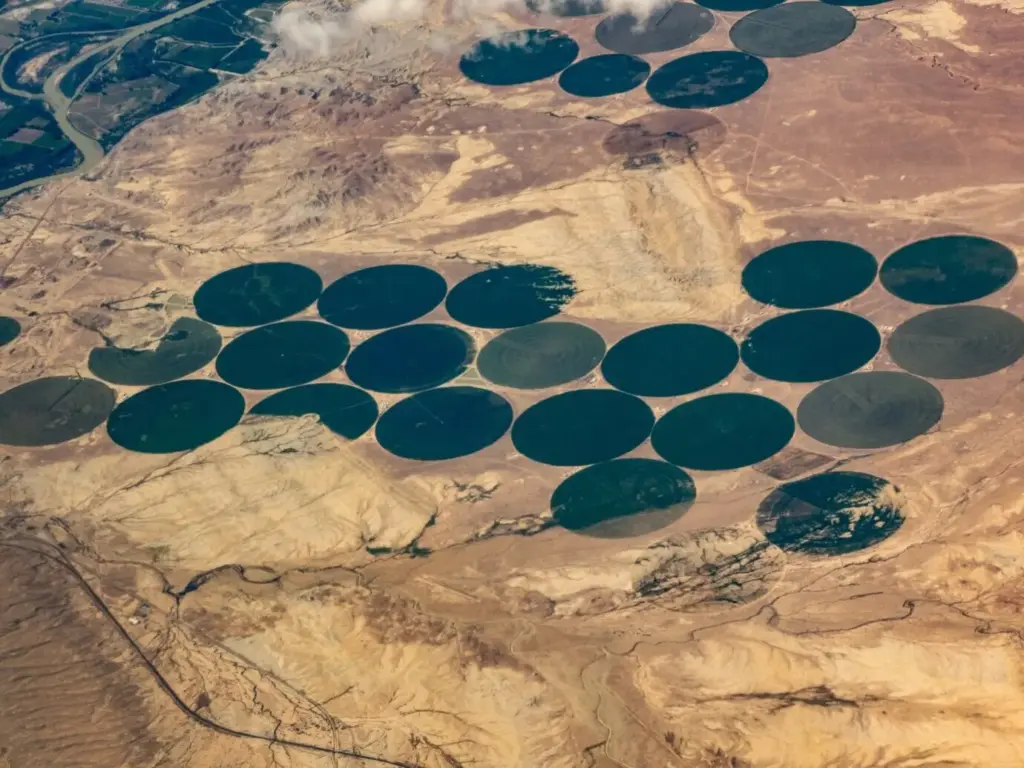
Rebates, Restrictions, and Smart Incentives

Plant Choices That Complement Your Design
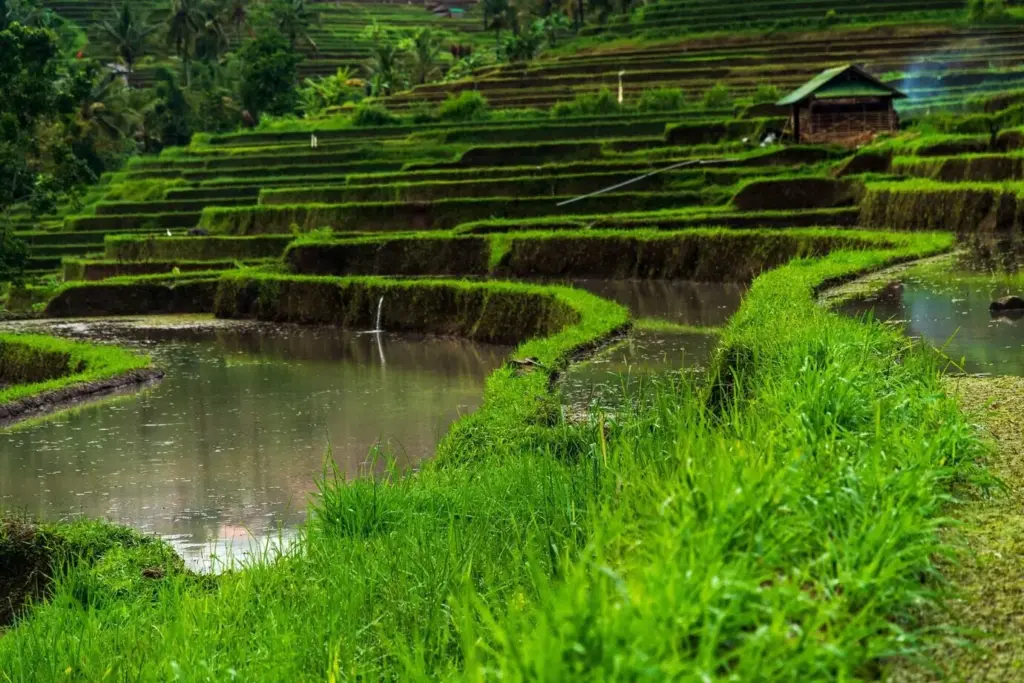
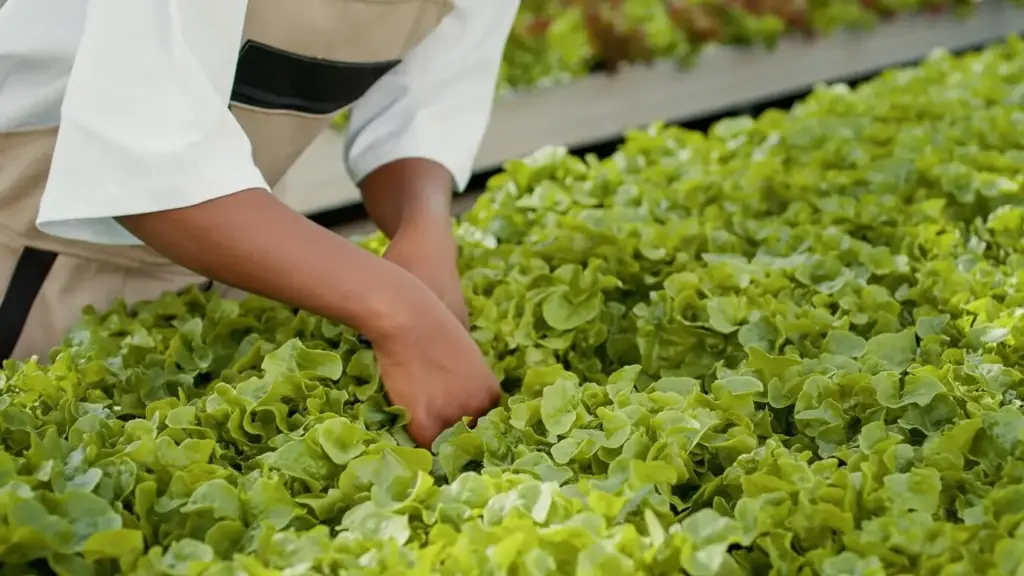
All Rights Reserved.